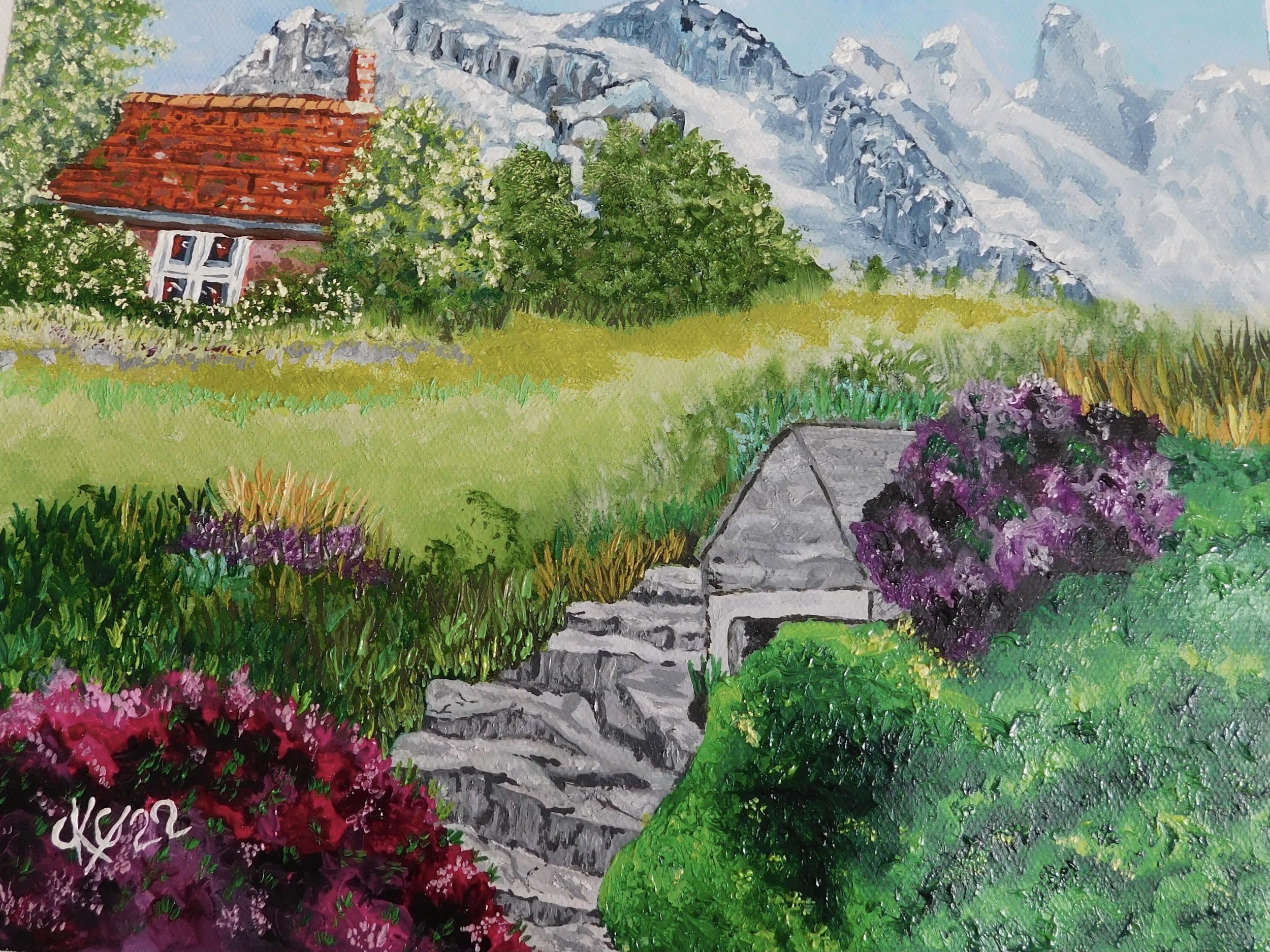Making Meadowscapes
These last two years, I've had the opportunity to visit many residents of Waldo County as part of our CAP (Conservation Assistance Program), which provides a free walk and talk where our staff answers questions and helps with everything from erosion issues to native plant landscaping. One of the most popular topics that has come up has been about how to create meadows, pollinator habitat, or just how to stop mowing grass so much. I often provide guidance on converting lawns to meadows or sometime how to create edge habitat near a woodland or around a hay or crop field. It's a diverse topic, and there is plenty of practices you can implement to improve habitat in open areas.
You may have heard of No-mow May, where people are encouraged to not mow their lawns for the month of May. This allows the many plants in the lawn to flower and provide nectar sources for bees and other pollinator insects at an important time of the year. I tried this last year, and then had to tackle grass that was a foot tall in places, which did not make for easy mowing. I have a home in the city, where it might have looked a bit neglected to the neighbors. So, I think this next year I will do what I do all summer, which is to mow only every two weeks. This still gives the lawn a chance to diversify with flowering plants, and I have been rewarded with violets, bluets, pussy toes, and all manner of small flowers among the grass. It never looked weedy and the color and variety is beautiful, and it never got too long to look neglected. I've even learned to appreciate the sunny yellow discs of dandelions in my lawn, and have noticed plenty of bees feeding on them when few other flowers are available. My grass was healthier and greener as well, and did better during drought.
So one way to "meadowscape" your property is to just stop mowing or mow less. In Maine, our native wildflowers do a great job of appearing in our meadow quickly, and you'll be rewarded with blasts of color as asters and goldenrods appear, and also a big uptick in butterflies and wildlife. I left a small patch of grass unmowed where I was creating a pollinator garden, just to see what would happen in an urban yard, and was immediately rewarded with blue bellflowers and pink mallows. I added swamp milkweed, a great plant if you want a beautiful milkweed, black-eyed susans, scarlet bee balm and coneflowers, New England aster, and then with little effort I had a pollinator garden with a variety of colors all season, including wild strawberries that produced enough for me to collect and eat. This was near an established garden with garden phlox and other perennial flowers, so I expanded my garden mostly by not mowing. I created a distinct edge between the garden and the turf with a shovel, and added a border of mulch, so it all looked neat enough for a city yard. Often, simply adding a neatly defined line around your meadow gives it a deliberate look, especially with added flowers. You can do this with mulching, or simply mowing a strip around the meadow. Mowed pathways can help you enjoy all the life in your meadow.
You can create meadow habitat this way with an area of any size. It's good to add in a few unique plants you enjoy to add color and blooms at different times of the year. You can mulch around added plants so they have a chance to grow with less competition for a while. If you have a field you want to use as wildlife habitat, you can mow once a year in late fall after native flowers have gone to seed and insects and birds are no longer nesting or feeding. Gradually, diversity will increase and it will remain good open habitat which also can support birds that nest in open fields. If you have more land, you can also have areas that are mowed only every two or three years, to create meadow and shrubby areas, which will attract a great variety of birds and wildlife. Adding a belt of meadow and shrubs around hay and crop fields or orchards can ultimately bring many more beneficial insects and birds that feed on pests.
There are many other ways to create pollinator and wildlife habitat with a beautiful meadow, including starting with bare earth and adding an appropriate seed mix. Controlling weeds is an issue, and mowing a seeded area at certain intervals as it is established can be necessary. Be on the lookout for invasive plants such as Canada thistle, Himalayan jewelweed or garden Valerian appearing in your meadow, and take steps to remove these. See our website resources for Conservation Landscape Certification for more resources to create habitat on your property, and watch for our Guide to Meadowscaping coming out in 2023. We are also happy to visit your property and suggest ideas for practicing conservation and improving habitat on your land.

